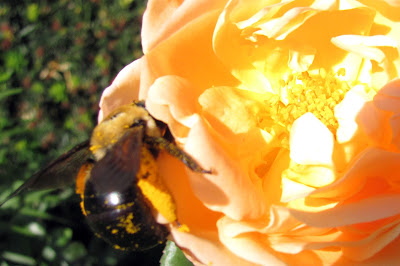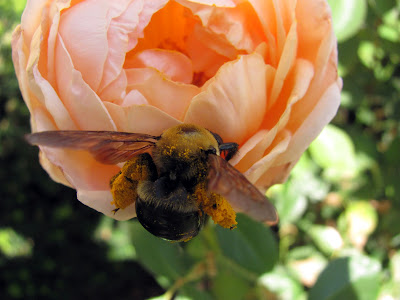
The
locals think I’m crazy,
re-seeding
by hand,
but
no one will lend us a tractor
with
a three-point hitch.
Machinery’s
useless anyway
for
wild grass seed tangled
with
bits of stems, leaves and forb corollas
that
clog the drill.
The
week you lie paralyzed
on
a white bed in a white curtained stall,
I
pace the pasture you call
the
deer meadow—
pioneering
in reverse, shuttling across
the
once tallgrass prairie,
scattering
the russet seeds in an arc
for
the coltish wind.
Potpourri
of wine bronze gold gathered
at
Big Creek and Redfeather,
with
names like the poppling song
of
the mockingbird—
Tahoka
daisy, goldstem grass, dropseed,
turkey
foot grass, bastard toadflax,
dame’s
rocket, downy sunflower, hoary puccoon,
blanketflower,
rocket larkspur.
No
compass plant to guide me
through
the maze of corridors,
no
rattlesnake-master to vanquish
the
tumor swallowing your spine.
Between
bouts of rain,
poison
ivy, thorns,
and
the lopped off stalks of goldenrod,
I
stride the scalp shorn field—
dragging
fifty-pound bags of chopped hay,
each
handful light as fuzzy hair,
clinging
to the chaff, blanketing the beds
trampled
by deer.
There
is an intimacy in this slow spreading,
time
to find a meadowlark nest
that
survived the mower, its single speckled egg
unbroken.
Space
to discover, beyond the chemical waste
of
corn fields and hog lots,
below
the wreck and rubble, a rhapsody
of
chocolate hearts
pressed
into the dark and yielding mud,
a
duet of the delicate
cloven
feet of the cinnamon doe
tap
dancing at dawn.
In
your deer meadow the wind-borne seed
will
sprout from its safe
confining
shell, raising a tender green
alleluia.
As
I drop the last clinging seed
on the
bare fallow ground,
your
fluttering heart emerges
from
a mantle of wildflowers.





































